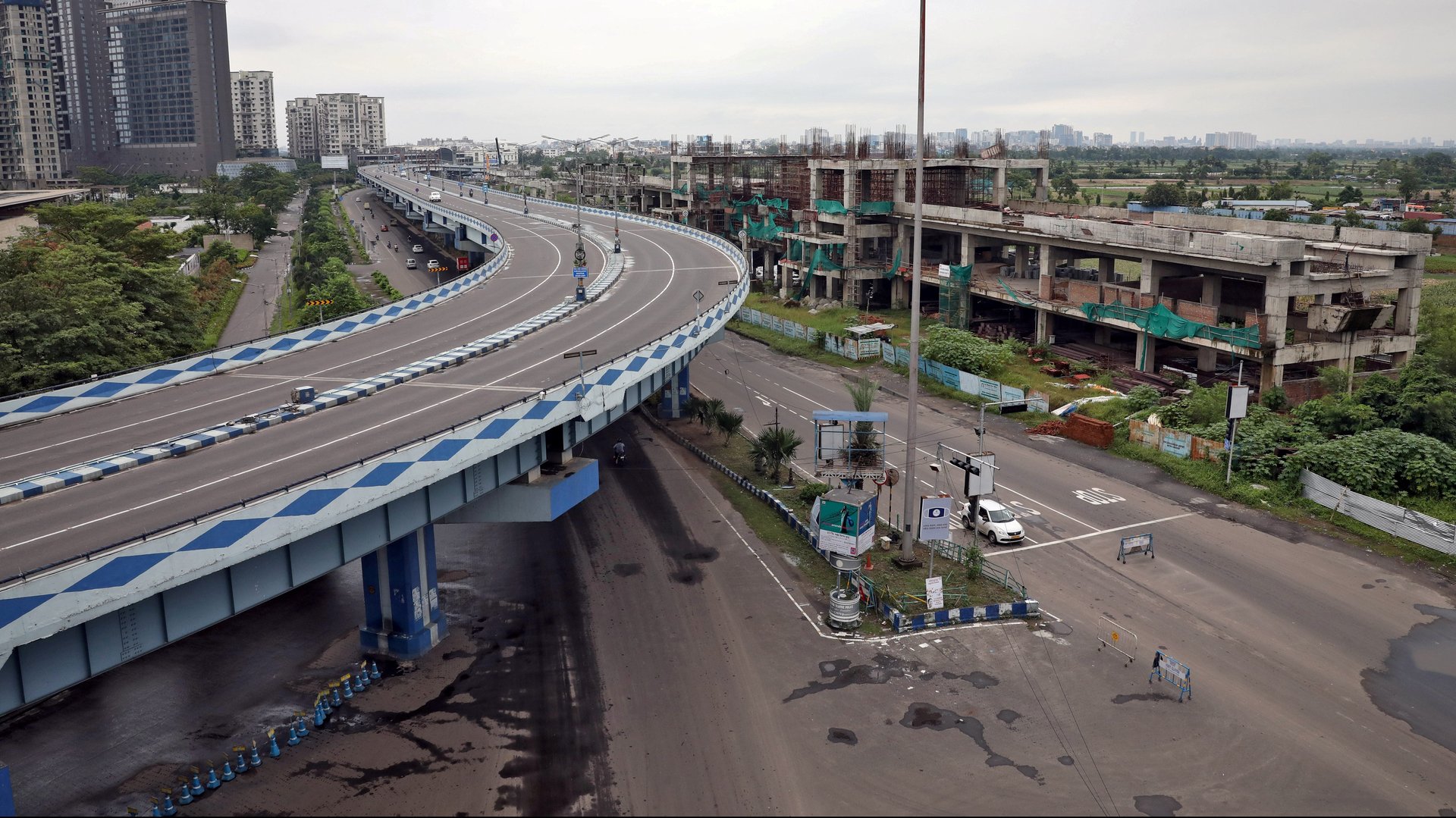The fresh Covid-19 wave could throw India’s economic recovery off track
The new wave of Covid-19 outbreak could deal a major blow to the Indian economy’s prospects.


The new wave of Covid-19 outbreak could deal a major blow to the Indian economy’s prospects.
After witnessing its worst phase in four decades during the first wave of Covid-19 last year, the Indian economy had just started to find its feet this year. Several experts and rating agencies had predicted a quick economic turnaround for the country, however, these estimates had not taken into account the possibility of a fresh pandemic wave.
Currently, India is witnessing around 58,000 new cases on average daily compared to 16,000 in January. In the past 24 hours, around 72,000 new Covid-19 infections were detected—the highest in the last six months. This fresh wave could lead to government-imposed lockdown thereby hurting businesses and restricting mobility. Such restrictions could be damaging for small businesses that are still recovering from the impact of last year’s lockdowns.
“Uncertainty related to the near-term outlook has risen considerably, following the spate of new Covid-19 infections, which have necessitated localised restrictions,” observed credit rating agency ICRA in a March report.
Possibility of fresh lockdowns in India
What is particularly worrisome with this Covid-19 wave is that Maharashtra, a western state that contributes around 15% to India’s GDP—and is home to financial capital Mumbai—is at the heart of the outbreak this time. Facing a rapid rise in cases, some districts in the state have been put under lockdown.
Other states such as Punjab, Kerala, Karnataka, Chhattisgarh, and Gujarat are also witnessing a sharp rise in cases, leading to the imposition of restrictions at the local level. Some of the restrictions include night curfews and a cap on the number of people attending weddings.
“If this trend proliferates, it would temper the extent of the base effect-led recovery that is anticipated in the immediate term, and may reignite supply-side disruptions,” said ICRA.
The ongoing vaccine drive has improved sentiments in India, however, the programme is currently limited to those above the age of 45, “bypassing younger adults who make up a large part of the workforce and drive aggregate demand. In our view, uncertainty regarding the economic outlook will persist over the next few months, until the vaccines become available in India for all adults,” ICRA said.
The situation is particularly tricky because India’s economy is on weak grounds.
After returning to pre-pandemic GDP levels in the December quarter, the country’s economy is sliding once again. Some of the key indicators, such as output of government-owned Coal India, electricity generation, diesel and petrol consumption, rail freight traffic, motorcycle sales, and good and services tax e-way bills (receipt for intra- and inter-state transportation of goods), have faltered in January and February.

In fact, the eight core sectors (steel, electricity, refinery products, crude oil, natural gas, coal, cement, and fertilizer) witnessed their sharpest contraction in the last six months in February.